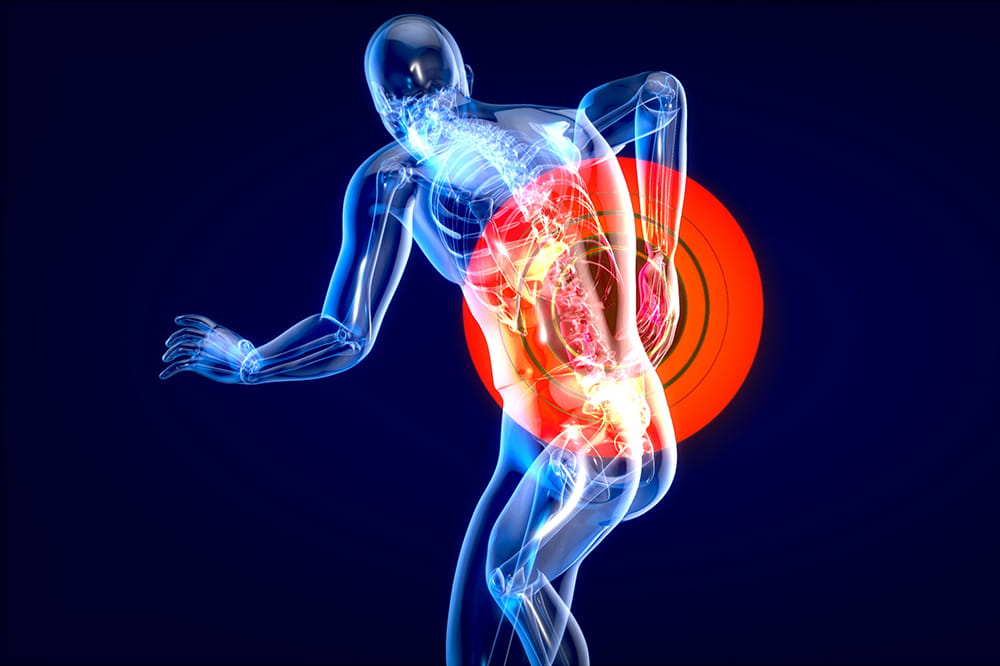
First of all,
An essential component of the human experience, pain can act as a warning sign for underlying medical problems as well as a defense mechanism. But for millions of people worldwide, discomfort turns into a crippling, chronic illness that drastically lowers their quality of life. While some people find success with traditional pain treatment techniques, these methods can have serious side effects, reliance, and limited efficacy. The goal of transforming pain management has spurred a boom in study and innovation in recent years. With cutting-edge technology and holistic methods, the field of pain management is quickly changing and giving individuals who are suffering hope. In this piece, we examine some of the most exciting developments in the field of pain treatment and consider how they can improve people’s quality of life and lessen suffering.
Wearable Technology’s Ascent:
Pain treatment is only one area of healthcare that wearable technology has revolutionized. Targeted therapy is delivered directly to the region of discomfort by devices like wearable pain reduction patches and transcutaneous electrical nerve stimulation (TENS) units. By delivering electrical impulses via the skin, TENS units block pain signals and encourage the release of endorphins, which are the body’s natural analgesics. By providing a non-invasive, drug-free substitute for conventional pain management techniques, these devices enable people to better control their pain.
Furthermore, individualized pain management solutions are now possible because to developments in wearable technology. Sensor-equipped smart gadgets can track vital signs, gait, and even mood swings, enabling customized interventions based on user requirements. These gadgets provide proactive management techniques by providing real-time insights about pain triggers and trends through the use of artificial intelligence and data analytics.
Using the Mind’s Potential:
It has long been known that the mind-body link is an effective technique for managing pain. By using methods like biofeedback, CBT, and mindfulness meditation, people can learn to manage their discomfort and become more resilient in the face of it. Reducing the psychological suffering linked to chronic pain, mindfulness practices, which have their roots in ancient contemplative traditions, encourage people to build present-moment awareness and acceptance.
In a similar vein, CBT
Gives people coping mechanisms to question unfavorable thought patterns and embrace positive behaviors. Patients can recover control over their lives by changing the way they think about pain and by learning useful coping mechanisms. In contrast, biofeedback makes use of technology to deliver in-the-moment input on physiological reactions including skin temperature, muscle tension, and heart rate. People can learn to control these reactions via practice and training, which lessens the intensity of pain and enhances general wellbeing.
Examining the Potential of Cannabinoids:
The medicinal benefits of cannabinoids, which are substances derived from the cannabis plant, have drawn increasing attention in recent years. Particularly CBD has attracted interest because to its analgesic and anti-inflammatory qualities, providing a potentially effective treatment option for chronic pain. CBD is a desirable alternative for people looking for treatment without impairment because it doesn’t have the same intoxication effects as tetrahydrocannabinol.
(THC), the psychoactive ingredient in cannabis.
The body’s endocannabinoid system, which is essential for controlling pain, inflammation, and immunological response, may interact with CBD, according to research. Pain related to diseases including fibromyalgia, arthritis, and neuropathy may be lessened by CBD by reducing inflammatory pathways and modifying neurotransmitter function. Furthermore, patients can choose from a variety of CBD product types, such as oils, tinctures, topical creams, and edibles, which gives them more dose and administration options.
Accepting Integrative Health Care:
Integrative medicine treats the physical, emotional, and spiritual facets of health by combining traditional and alternative therapy. Integrative approaches to pain management place an emphasis on a holistic view of the person, acknowledging the connection between the mind, body, and spirit. Acupuncture, massage treatment, yoga, and tai chi are among the therapies that have special advantages for reducing pain and enhancing general wellbeing.
With its roots in ancient Chinese medicine,
Acupuncture stimulates energy flow and restores balance by inserting tiny needles into certain body locations. Clinical research has shown that it is effective in treating a variety of pain conditions, such as osteoarthritis, migraines, and chronic back pain. In a similar vein, massage treatment promotes endorphin release, circulation improvement, and muscle relaxation for all-natural pain and stress relief.
The ancient forms of yoga and tai chi,
Which come from China and India respectively, combine breathing exercises, meditation, and moderate movements to improve resilience, strength, and flexibility. These mind-body techniques offer helpful tools for controlling chronic pain and enhancing general quality of life by fostering body awareness and relaxation. Integrative medicine encourages patients to try a variety of treatments to see what suits them best and acknowledges the value of tailored therapy.
In conclusion,
The field of pain management is changing quickly due to advancements in neuroscience, technology, and complementary and alternative medicine. There are a plethora of cutting-edge methods available to reduce pain and enhance quality of life for individuals who experience it, ranging from wearable technology and mind-body therapy to holistic medicine and cannabis. By adopting a multifaceted strategy that takes into account the mental, emotional, and spiritual dimensions of pain, we can enable people to take back control of their health and wellbeing. In our quest for a pain-free future, let us endeavor to promote cooperation, compassion, and creativity as we continue to explore new avenues in pain management.








